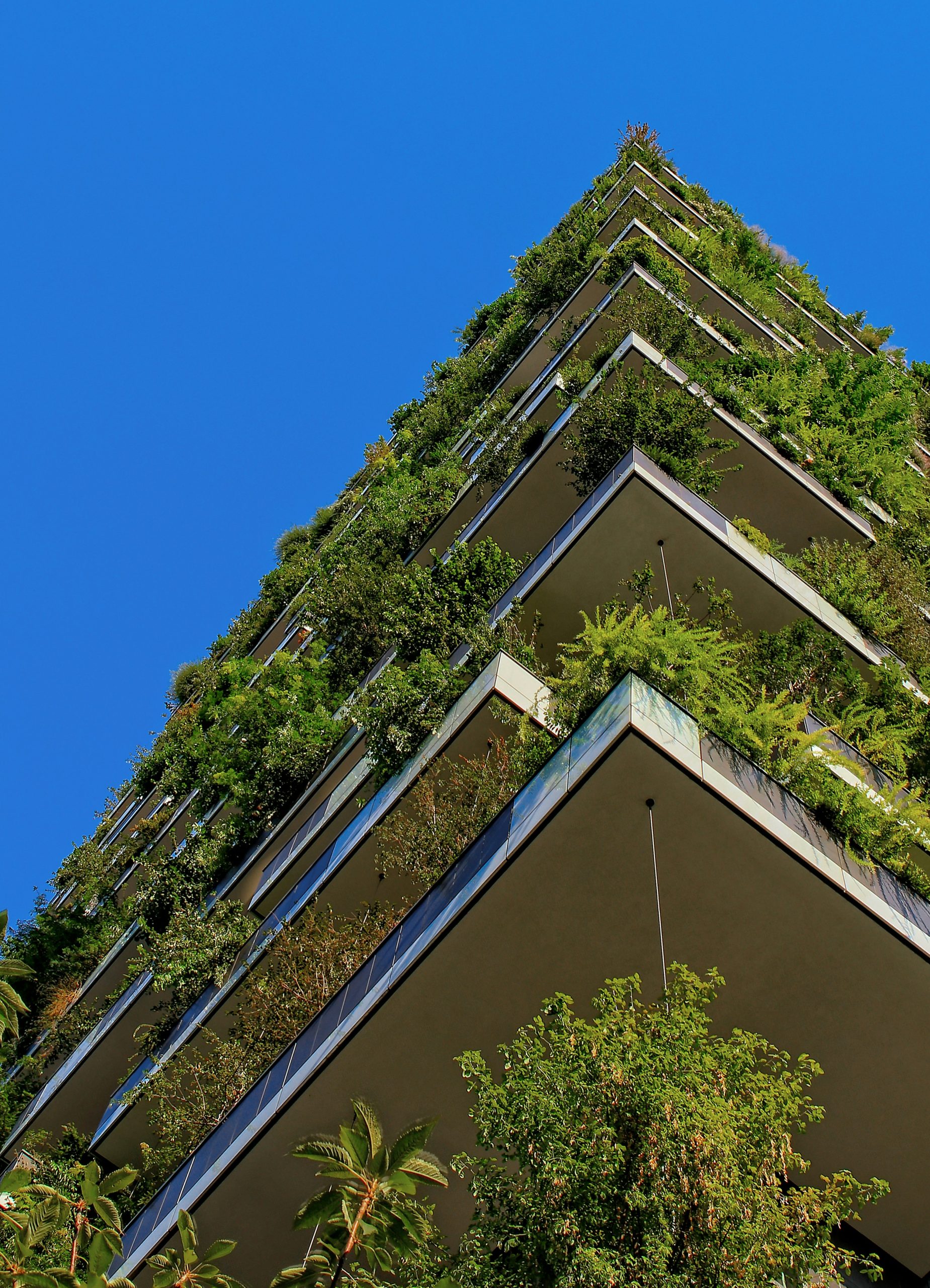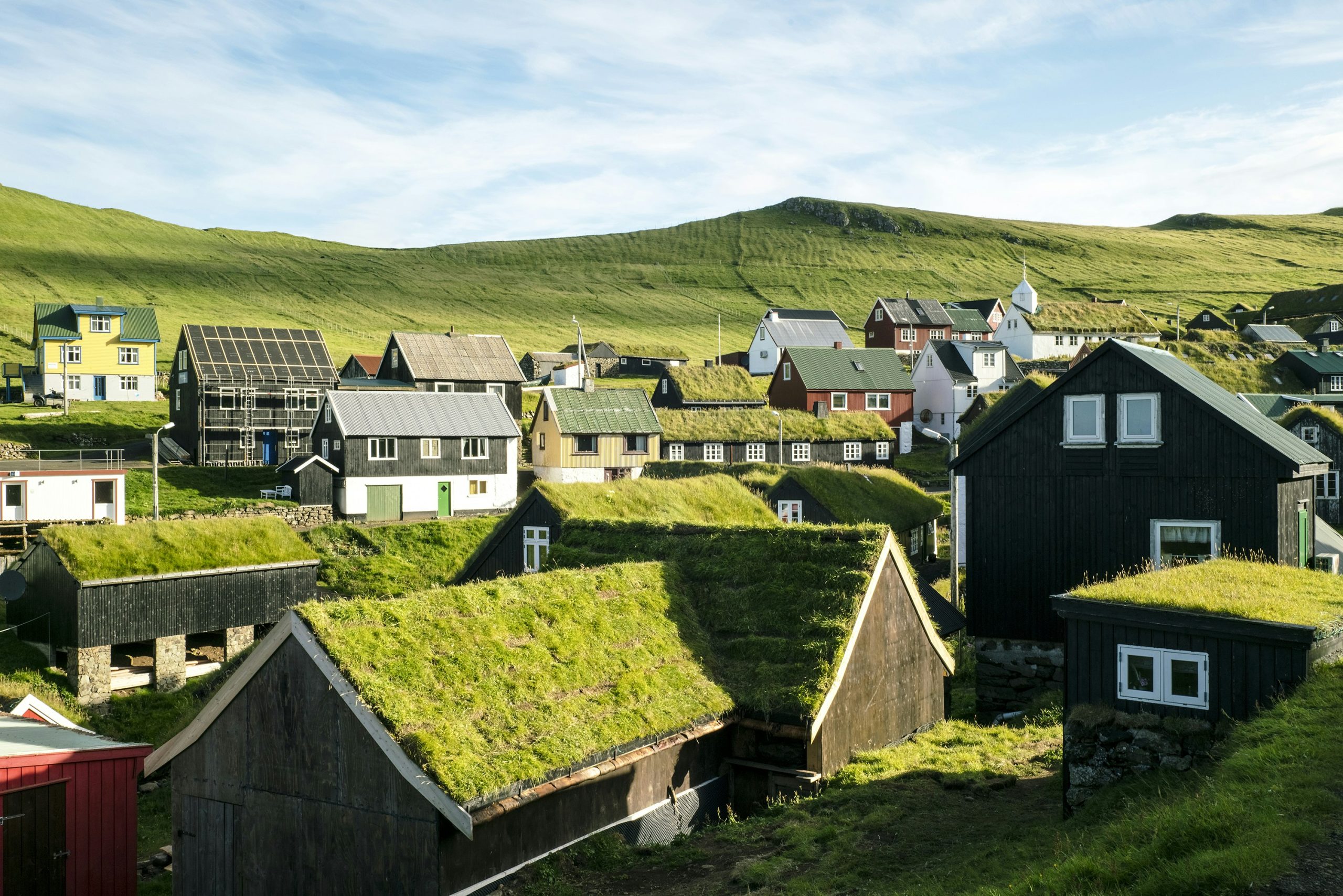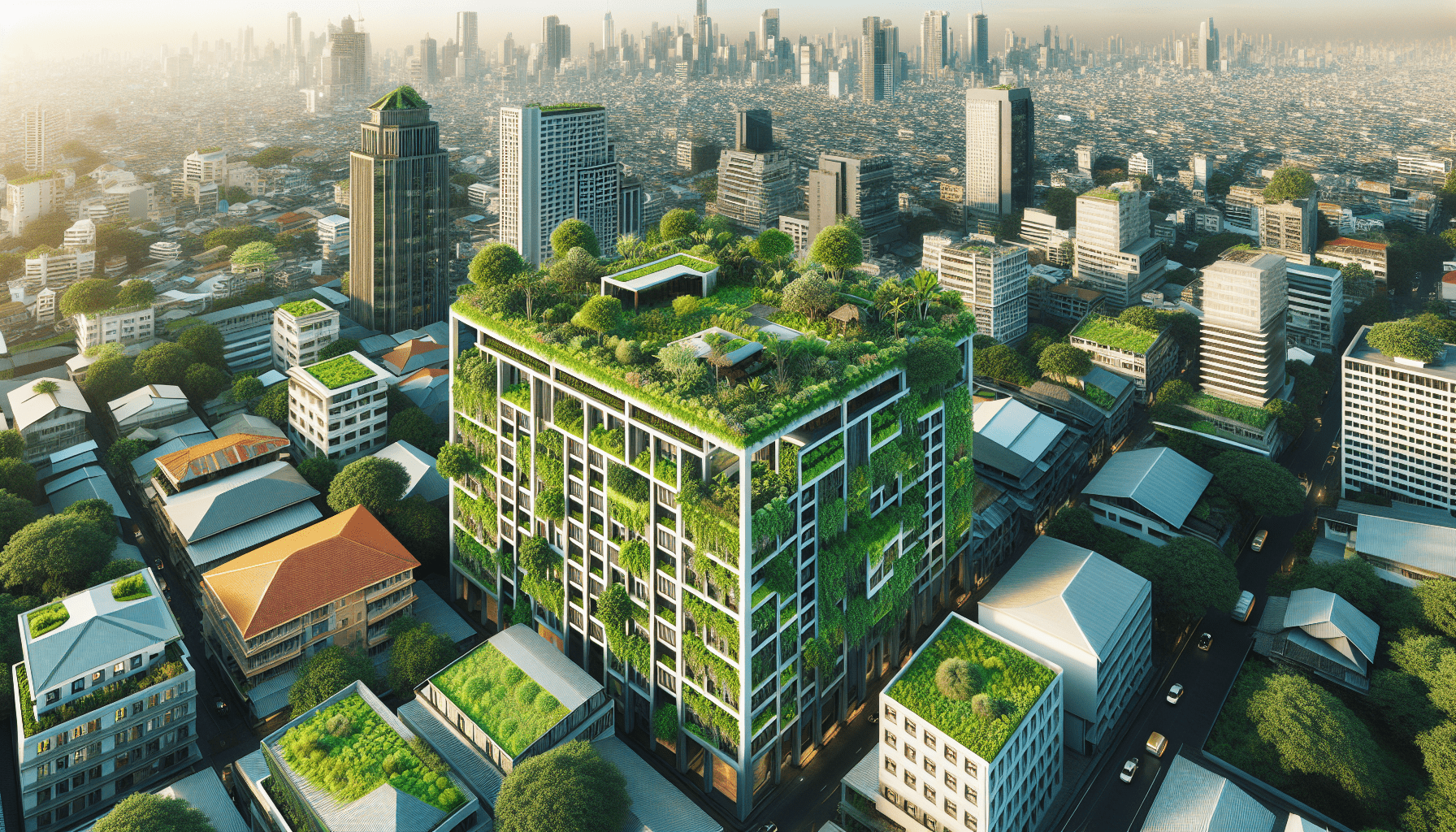Hey there! We’re thrilled to explore the fascinating world of green roofs and their vital role in sustainable architecture. “How Do Green Roofs Contribute To Sustainable Architecture?” highlights the various benefits these eco-friendly rooftops bring to our urban environments. We’re talking about improved air quality, energy efficiency, and even creating habitats for wildlife—all right above our heads. Let’s dive into how these verdant spaces not only make our cities more beautiful but also more sustainable. Have you ever wondered how green roofs contribute to sustainable architecture? As we delve into the world of eco-friendly design, we find that green roofs play a pivotal role in the movement toward more sustainable and resilient buildings. By incorporating nature into our urban scapes, we can address a multitude of environmental and social issues. Let’s explore the myriad ways green roofs support sustainable architecture and how they can benefit us all.
What is a Green Roof?
Before we dive into the contributions of green roofs, it’s essential to understand what a green roof actually is. Simply put, a green roof is a roof of a building that is partially or completely covered with vegetation planted over a waterproofing membrane. These roofs can also include additional layers such as root barriers and drainage systems.
Green roofs can be classified into two main types: extensive and intensive. Extensive green roofs are characterized by their lightweight, low-maintenance design, and typically host drought-resistant plants. Intensive green roofs, on the other hand, can support a wider variety of plants and even trees, but they require more maintenance and structural support.
Environmental Benefits of Green Roofs
Green roofs offer a plethora of environmental benefits that contribute significantly to sustainable architecture. Let’s break down some of the key environmental advantages.
Reducing Urban Heat Island Effect
One of the primary environmental benefits of green roofs is their ability to reduce the urban heat island effect. Urban areas tend to be warmer than their rural counterparts due to the extensive use of concrete and asphalt, which absorb and retain heat. Green roofs help alleviate this by providing a natural cooling effect through the process of evapotranspiration.
Improving Air Quality
Green roofs contribute to cleaner air by incorporating plants that capture airborne pollutants and greenhouse gases. Through photosynthesis, these plants absorb carbon dioxide and release oxygen, improving air quality and reducing the impact of climate change.
Stormwater Management
Traditional roofs contribute significantly to stormwater runoff, which can overwhelm drainage systems and lead to flooding. Green roofs absorb and retain rainwater, reducing runoff and easing the burden on urban drainage systems. This not only helps prevent flooding but also improves water quality by filtering pollutants.
Enhancing Biodiversity
Urbanization often leads to the loss of green spaces, which negatively impacts local wildlife. Green roofs can provide a habitat for various species of plants, insects, and birds, thereby enhancing urban biodiversity. This helps create a more balanced and resilient ecosystem within cities.
Energy Efficiency
Green roofs provide natural insulation, reducing the need for artificial heating and cooling. This not only lowers energy consumption but also decreases the building’s carbon footprint. The insulation properties of green roofs are particularly beneficial in extreme weather conditions, making buildings more energy-efficient year-round.

Social Benefits of Green Roofs
In addition to their environmental advantages, green roofs also offer numerous social benefits that contribute to improved quality of life in urban areas.
Enhancing Aesthetics
Green roofs add a visually pleasing element to urban landscapes. The presence of greenery can transform dull and sterile environments into vibrant, inviting spaces. This aesthetic enhancement can improve mental well-being and create a more pleasant living environment.
Promoting Health and Well-being
Access to green spaces has been linked to numerous health benefits, including reduced stress, improved mood, and increased physical activity. Green roofs can provide accessible green spaces in densely populated urban areas, promoting physical and mental health for the residents.
Creating Community Spaces
Green roofs can be designed to include recreational areas, community gardens, and social spaces. These spaces foster community interaction and help build stronger, more connected communities. They can also serve as educational platforms for raising awareness about environmental sustainability.
Noise Reduction
Urban areas are often plagued by noise pollution, which can have detrimental effects on health and well-being. Green roofs help absorb sound, acting as natural noise barriers. This can create a quieter and more tranquil environment, especially in bustling city centers.
Economic Benefits of Green Roofs
Green roofs are not only beneficial for the environment and society but also offer significant economic advantages.
Increasing Property Value
The addition of a green roof can increase a property’s value due to its aesthetic appeal and various benefits. Buildings with green roofs are often seen as more desirable, which can lead to higher occupancy rates and increased property values.
Extending Roof Lifespan
Green roofs protect the underlying roofing materials from harsh weather conditions and UV radiation, extending the lifespan of the roof. This results in lower maintenance and replacement costs over time, making green roofs a cost-effective investment.
Reducing Energy Costs
As mentioned earlier, green roofs improve a building’s insulation, thereby reducing the need for heating and cooling. This translates to lower energy bills and significant cost savings for building owners and occupants.
Job Creation
The design, installation, and maintenance of green roofs create job opportunities in various sectors, including construction, landscaping, and horticulture. This can contribute to economic growth and provide employment opportunities in local communities.

Challenges and Considerations
While green roofs offer numerous benefits, there are also challenges and considerations that need to be addressed to ensure their successful implementation.
Initial Cost and Investment
One of the primary challenges of green roofs is the initial cost of installation, which can be higher than that of traditional roofs. However, it’s important to consider the long-term savings and benefits that green roofs provide. Financial incentives and subsidies can also help offset the initial investment.
Structural Support
Green roofs require adequate structural support to bear the additional weight of the vegetation and soil. This may necessitate structural modifications, especially for older buildings. It’s crucial to conduct a thorough structural assessment before installing a green roof.
Maintenance
Green roofs require ongoing maintenance to ensure the health and vitality of the plants. This includes regular watering, weeding, and inspection. While extensive green roofs require less maintenance, intensive green roofs may need more frequent care. It’s important to factor in the cost and effort of maintenance when planning a green roof.
Climate and Plant Selection
The success of a green roof depends on selecting the appropriate plants that can thrive in the local climate and conditions. This involves choosing drought-resistant and native species that require minimal irrigation and maintenance. Consulting with horticultural experts can help ensure the right plant selection.
Building Codes and Regulations
Local building codes and regulations may impose certain requirements and restrictions on green roof installations. It’s essential to be aware of and comply with these regulations to avoid legal issues and ensure the safety and functionality of the green roof.
Successful Case Studies
To further illustrate the impact of green roofs on sustainable architecture, let’s explore some successful case studies from around the world.
The Nanyang Technological University in Singapore
Nanyang Technological University (NTU) in Singapore boasts the largest green roof in Southeast Asia. This extensive green roof covers over 10,000 square meters and features a diverse range of plants. It not only enhances the campus’s aesthetics but also provides significant energy savings and stormwater management benefits.
The California Academy of Sciences in San Francisco
The California Academy of Sciences in San Francisco is renowned for its living roof, which spans 2.5 acres and includes 1.7 million native plants. The green roof is designed to mimic the natural landscape and serves as a habitat for local wildlife. It also contributes to the building’s LEED Platinum certification by providing insulation and reducing energy consumption.
The ACROS Fukuoka Prefectural International Hall in Japan
The ACROS Fukuoka Prefectural International Hall in Japan features a terraced green roof with over 35,000 plants. This innovative design integrates the building with the surrounding parkland, creating a seamless blend of architecture and nature. The green roof provides thermal insulation, reduces the urban heat island effect, and offers a tranquil space for visitors.
The Bosco Verticale in Milan, Italy
The Bosco Verticale, or Vertical Forest, in Milan, Italy, is a pair of residential towers adorned with over 900 trees and thousands of plants. This ambitious project is a striking example of how green roofs and vertical greenery can transform urban living spaces. The vegetation improves air quality, provides natural insulation, and enhances the residents’ quality of life.

The Future of Green Roofs
As we continue to seek innovative solutions for sustainable architecture, the future of green roofs looks promising. Emerging technologies and trends are poised to further enhance the benefits and applications of green roofs.
Integration with Renewable Energy
Combining green roofs with renewable energy sources, such as solar panels, can maximize their environmental benefits. This integration can lead to even greater energy savings and a reduced carbon footprint.
Advanced Irrigation Systems
The development of advanced irrigation systems can improve the efficiency and sustainability of green roofs. Smart irrigation systems that use sensors and weather data can optimize water usage and ensure the health of the vegetation.
Urban Agriculture
Green roofs have the potential to be utilized for urban agriculture, providing a source of fresh produce in densely populated areas. This can contribute to food security, reduce the carbon footprint of food transportation, and promote community engagement.
Climate Resilience
As climate change continues to pose challenges, green roofs can play a crucial role in enhancing urban climate resilience. By mitigating the effects of extreme weather events and improving stormwater management, green roofs can help cities adapt to changing climate conditions.
Conclusion
In conclusion, green roofs are a vital component of sustainable architecture, offering a wide range of environmental, social, and economic benefits. By reducing the urban heat island effect, improving air quality, managing stormwater, enhancing biodiversity, and increasing energy efficiency, green roofs contribute significantly to the sustainability and resilience of urban environments.
Beyond their environmental advantages, green roofs also enhance aesthetics, promote health and well-being, create community spaces, and reduce noise pollution. Economically, they increase property value, extend roof lifespan, reduce energy costs, and create job opportunities.
While there are challenges to consider, such as initial cost, structural support, maintenance, plant selection, and regulatory compliance, the long-term benefits of green roofs far outweigh these hurdles. Successful case studies from around the world demonstrate the transformative impact of green roofs on urban landscapes and architecture.
As we look to the future, the integration of green roofs with renewable energy, advanced irrigation systems, urban agriculture, and climate resilience initiatives holds great promise. By embracing green roofs, we can create more sustainable, livable, and resilient cities for generations to come. Let’s continue to explore and invest in green roofs as a key element of sustainable architecture and urban design.
